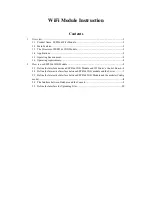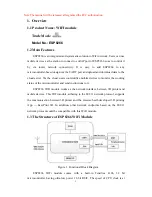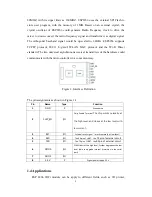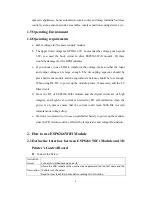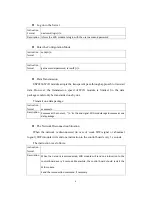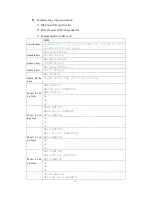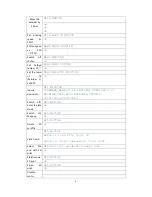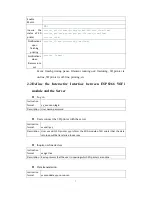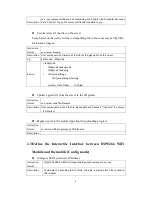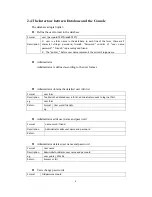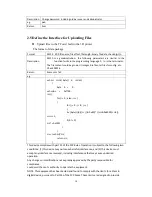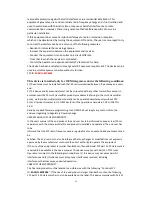
3
domestic appliances, home automation, smart socket and lamp, industrial wireless
control system, sensor networks, wearables, wireless position sensing devices, etc.
1.5
Operating Environment
1.6
Operating requirements
a.
Stable voltage for the power supply module
b.
The upper limit voltage for GPIO is 3.6V. In case that the voltage goes beyond
3.6V, you need the buck circuit to drive ESP8266 WiFi module. Or there
would be damages for the GPIO interface.
c.
If you choose to use LDO to transform the voltage, make surethat the input
and output voltages are large enough. The decoupling capacitor should be
place beside the module and the equivalent resistance should be low enough.
When using DC-DC to power up the module, please, if necessary, add the LC
filter circuit.
d.
Since the RF of ESP8266 WiFi module and the digital circuit are of high
integrity, and high-level current is needed for FR self-calibration when the
power is on, please ensure that the current could reach 5000 Ma to avoid
instantaneous voltage drop.
e.
We don’t recommend you to use un-calibrated battery to power up the module,
since the FR circuit would be affected by temperature and voltage fluctuation.
2.
How to use ESP8266 WiFi Module
2.1
Define the Interface between ESP8266 WiFi Module and 3D
Printer’s Control Board
Connect the Server
Instruction
format
Connect to srd;devicename;serverIP;
Description
Inform the WiFi module of the user name and password, the router’s name and the
IP address of the server.
Need to reset the WiFi module before sending this instruction.

